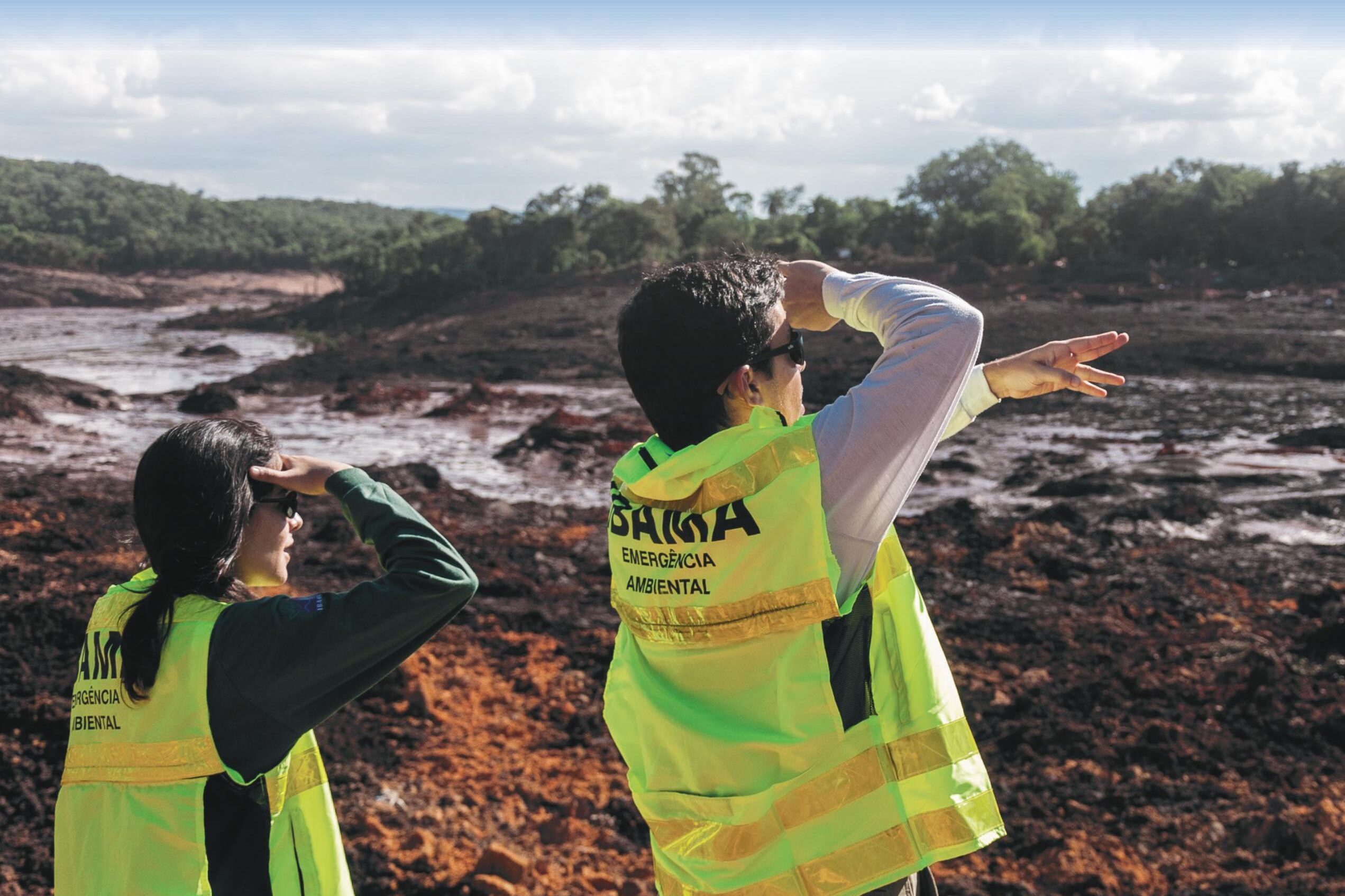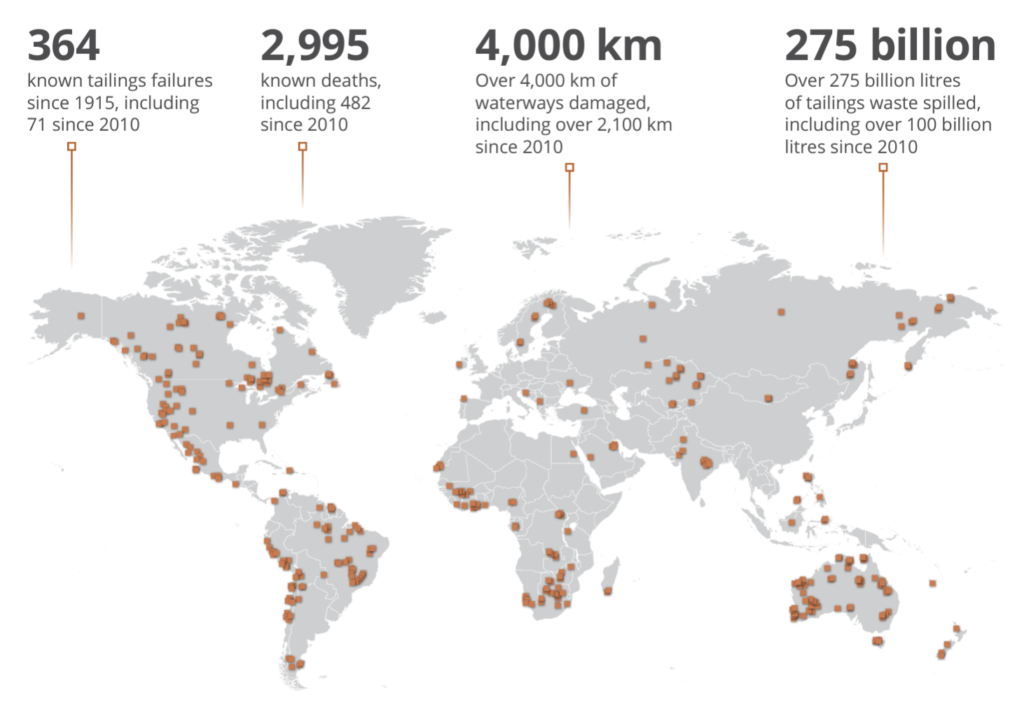
Earthworks, MiningWatch Canada, and the London Mining Network have released an updated version of their Safety First guidelines for improving the management of mine waste disposal facilities, also known as tailings dams. The guidelines were updated as tailings dams around the world are failing with increasing frequency and severity, a risk expected to increase with climate-related extreme weather events. Here in B.C., the 2014 Mount Polley dam breach dumped over 24 billion litres of mine waste and debris (the equivalent of 10,000 Olympic sized swimming pools) into Quesnel Lake and the Fraser River watershed, home to one of the largest salmon runs in North America.

Industry-led tailings standards are failing to keep communities and ecosystems safe. Safety First shows how it should be done. Developed together with affected communities, Indigenous peoples, academics, NGOs and technical experts, the updated guidelines include:
- An expanded definition of consent as an ongoing process that begins before exploration, and the explicit right for an affected community to say “no” to a project;
- Enhanced protections for ecological resources in the “zero harm” framework;
- Clarification of a company’s responsibility to ensure the safe closure of a facility; and,
- The requirement for increased transparency in tailings regulation to help address the issue of regulatory capture.
BC Mining Law Reform has endorsed the guidelines. Our recent report, Bridging the Gap: Towards Best International Standards on Mine Waste Safety in British Columbia, made concrete recommendations for revisions to mining legislation in B.C. in order to bring it into alignment with best practices and international standards on mine waste safety, including key guidelines from Safety First.
